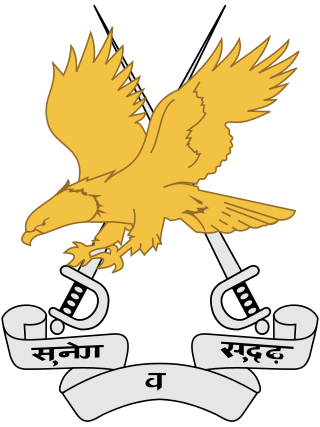
Brigadier General Charles Elwood Yeager was a United States Air Force officer, flying ace, and record-setting test pilot who in October 1947 became the first pilot in history confirmed to have exceeded the speed of sound in level flight.
This is a list of aviation-related events from 1965.
This is a list of aviation-related events from 1997.

The Sikorsky R-4 is a two-seat helicopter that was designed by Igor Sikorsky with a single, three-bladed main rotor and powered by a radial engine. The R-4 was the world's first large-scale mass-produced helicopter and the first helicopter used by the United States Army Air Forces, the United States Navy, the United States Coast Guard and the United Kingdom's Royal Air Force and Royal Navy. In U.S. Navy and U.S. Coast Guard service, the helicopter was known as the Sikorsky HNS-1. In British service it was known as the Hoverfly.

The Schweizer S300 series family of light utility helicopters was originally produced by Hughes Helicopters, as a development of the Hughes 269. Later manufactured by Schweizer Aircraft, and currently produced by Schweizer RSG, the basic design has been in production for over 50 years. The single, three-bladed main rotor and piston-powered S300 is mostly used as a cost-effective platform for training and agriculture.

The Cessna Citation II models are light corporate jets built by Cessna as part of the Citation family. Stretched from the Citation I, the Model 550 was announced in September 1976, first flew on January 31, 1977, and was certified in March 1978. The II/SP is a single pilot version, the improved S/II first flew on February 14, 1984 and the Citation Bravo, a stretched S/II with new avionics and more powerful P&WC PW530A turbofans, first flew on April 25, 1995. The United States Navy adopted a version of the S/II as the T-47A. Production ceased in 2006 after 1,184 of all variants were delivered.

Newtownards Aerodrome is a local airfield in Newtownards, County Down, Northern Ireland, 8.5 NM east of Belfast. It offers light aircraft flights, helicopter flights, microlight flights and flight simulator training. The airport also has an onsite restaurant.

The 2007 AerianTur-M Antonov An-26 crash was an aviation accident involving an Antonov An-26 airliner, which crashed on 9 January 2007 while attempting to land at the Joint Base Balad in Balad, Iraq, which was at that time operated by the United States Air Force. The crash killed 34 people aboard and left one passenger critically injured. Officials claim the crash was caused by poor weather conditions, but other sources claim that this is a cover-up and the plane was actually shot down by a missile.

The history of aviation in Bangladesh began with kites, the traditional heavier-than-air man-made object, that is flown by one or more people while staying on the ground. The first recorded manned flight was arranged by the Dhaka Nawab Family in 1892, which resulted in the death of the flyer.

The Army Aviation Corps (AAC) is the youngest arm of the Indian Army, being formally designated on 1 November 1986. The Army Aviation Corps units are designated as Squadrons. Each squadron generally consists of two Flights. Reconnaissance (Recce) and Observation flights might be part of squadrons or operate independently. The latter do not have a parent squadron and are designated by an (I) in their name.

Airblue Flight 202 was a scheduled domestic passenger flight departing from Karachi—a sprawling coastal metropolis in southern Pakistan and the nation's largest city—en route to Islamabad, the country's capital city located in the northern region, nestled in the foothills of the Margalla Hills. On 28 July 2010, the Airbus A321-231 jet airliner serving the flight crashed into the Margalla Hills, north of Islamabad, while approaching Benazir Bhutto International Airport. All 146 passengers and 6 crew members on board were killed. The crash is the deadliest air accident to occur in Pakistan to date and the first fatal crash involving an Airbus A321.
This is a list of aviation-related events from 2012.








